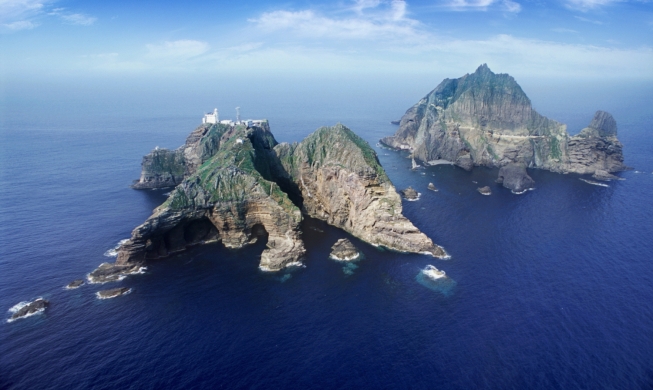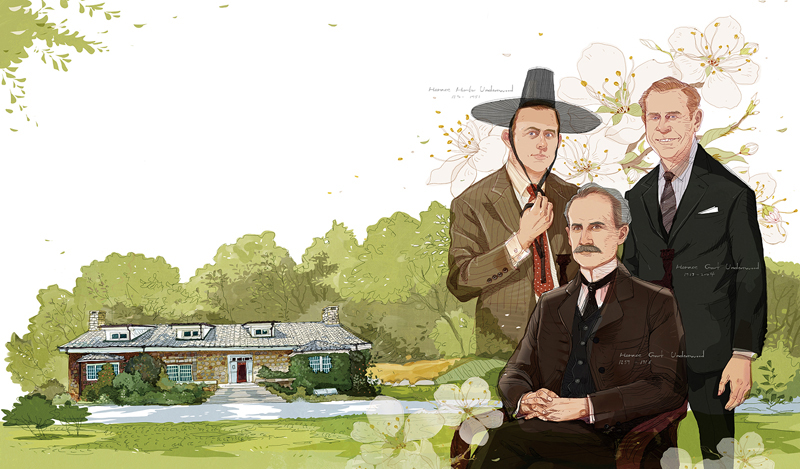
Illustration = Manus Eugune
No discussion of Korea's modern history is complete without mentioning the role of the Underwoods. The relationship between Korea and this American family began when Horace Grant Underwood (1859-1916), a Presbyterian missionary whose Korean name was Won Du-u, first set foot on the Korean Peninsula in 1885. He began working for Chejungwon, the first Western medical institution in Korea that opened its doors in the same year. In 1889, he married Lillias Horton (1851-1921), who was also a doctor at Chejungwon.
Underwood had to return to the U.S. because of health problems but came back to Joseon, the name of Korea at the time, in 1892. He took care of patients and orphans as well as performing missionary work.
In 1895, three years after he returned to Joseon, Empress Myeongseong was assassinated. Spurred by her murder, Won made considerable efforts to protect the nation from Japanese imperialism while at the same time performing missionary work and maintained a friendly relationship with King Gojong, the last monarch of the Joseon Dynasty.
Immediately after the assassination, Underwood maintained a night watch over Gojong's bedroom to protect him; the American was assisted in this task by Homer B. Hulbert (1863-1949) and Oliver R. Avison (1860-1956). In addition, Underwood was involved in the Chunsaengmun Gate Incident (1895), in which people tried to extricate Gojong, then a de facto prisoner of a pro-Japanese faction, from Gyeongbokgung Palace.
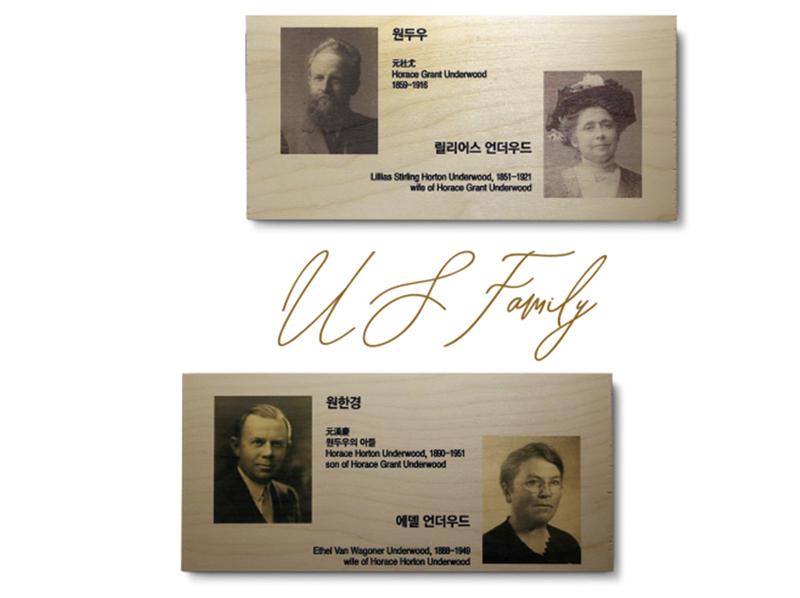
Yonsei University Underwood Memorial House displays the family tree of the Underwoods and relics and materials related to them. (Jeon Han)
No record mentions much what Underwood did for the king after that. The second article dated April 28, 1906 (the 43rd year of Gojong’s reign), of The Annals of King Gojong Vol. 47 of The Annals of the Joseon Dynasty mentions the king's order, saying, "Underwood, an American missionary, made great contributions during his long stay in Joseon and Avison, a British doctor, performed surgical procedures several times. Confer a Grade 4 decoration and a Taegeuk Medal on them (美國人元杜尤 (Won Du-u) 有久駐本邦之勞, 英國醫師魚飛信 (Avison) 屢有試術之效, 竝特敍勳四等, 各賜太極章)."
The king's records described Avison's contributions in detail but briefly mentioned that Gojong awarded a decoration and medal to Underwood for his "long stay" in Joseon. Thus it can be inferred that this was right after Japan forced Korea to sign the 1905 Eulsa Treaty, which deprived Korea of its diplomatic sovereignty.
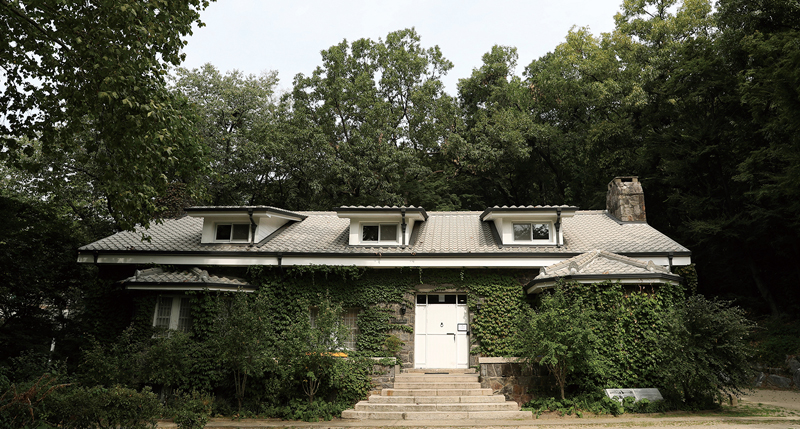
Underwood Memorial House, located within the Yonsei University campus in Seoul, was built by Horace Horton Underwood (Korean name Won Han-gyeong) as his home in 1927. His grandson Horace Grant Underwood III (Korean name Won Il-han) lived in the house until 1974. (Jeon Han)
Like father, like son
Underwood continued his missionary and educational work in Korea even after the Korean Peninsula was annexed by Japan in 1910. In 1915, he founded Yonhi College, the predecessor of today's Yonsei University, and became its first president. He tragically died in the U.S. the following year, but his work in Korea was carried on by his descendants.
Horace Horton Underwood (1890-1951), whose Korean name was Won Han-gyeong, witnessed the collapse of his birthplace Joseon with his father. After graduating from college in the U.S., the younger Underwood returned to Joseon to work in education. In 1912, he became a teacher at Gyeongsin School, and after seeing the March First Independence Movement of 1919, he sought to promote the movement abroad.
Writer Seo Jeong-min wrote the following about Horace Underwood in his book The Story of the Underwoods: The Western Family with the Deepest Relationship with Korea:
"Won Han-gyeong (Horace Underwood) said through a publication that the March First Independence Movement was a heroic and non-violent independence movement that people claimed for a small nation's self-determination to a powerful nation reorganizing the world in Versailles. Won Han-gyeong didn't (want to) remain a witness to the independence movement but wanted to get proactively involved in it. Indeed, he played an active role in the history of (modern) Korea.”
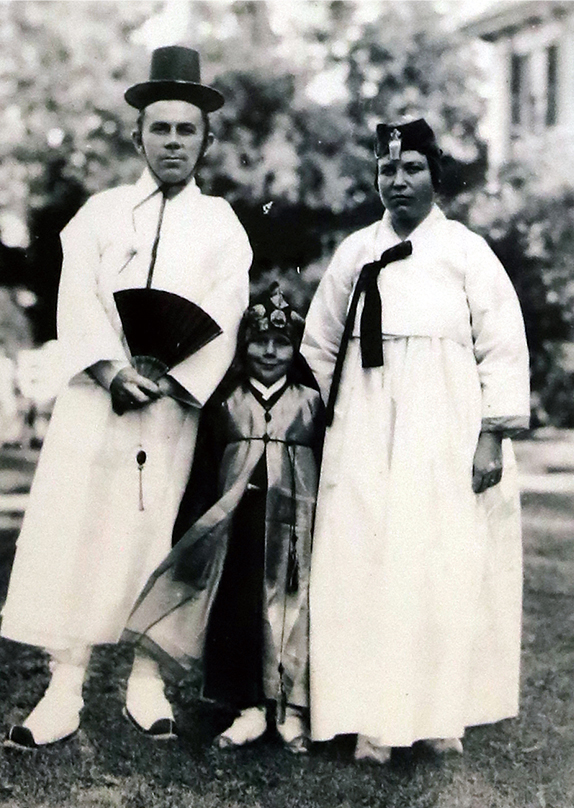
Horace Horton Underwood and his family in 1923 pose for a picture while clad in Hanbok.
Imperial Japan kept a watchful eye on the American after his expose on the massacre. Though he served as president of Yonhi College, which was founded by his father, he was expelled from Joseon by Japan immediately after World War II broke out.
Horace Underwood returned to Korea after the nation's liberation in 1945. He served as an adviser to the U.S. military government and chairman of the Korea branch of the Royal Asiatic Society. His eldest son Horace Grant Underwood (1917-2004), whose Korean name was Won Il-han, also dedicated his life to educational and missionary work in Korea while a professor at Yonsei University, following the footsteps of his father and grandfather.
hanjeon@korea.kr
Most popular
- Grammy-winning producer calls Suga of BTS 'amazing artist'
- 'Universal love, family' themes fuel success of 'King of Kings': director
- Council sets minimum hourly wage in 2026 at KRW 10,320
- Expansion of foreign app system raises tourist convenience
- Nat'l population diversity rose nearly 8% from 2018-22: study
